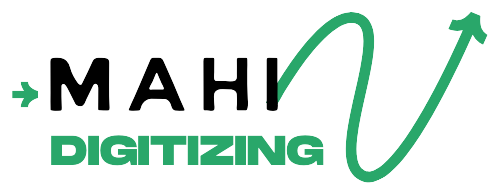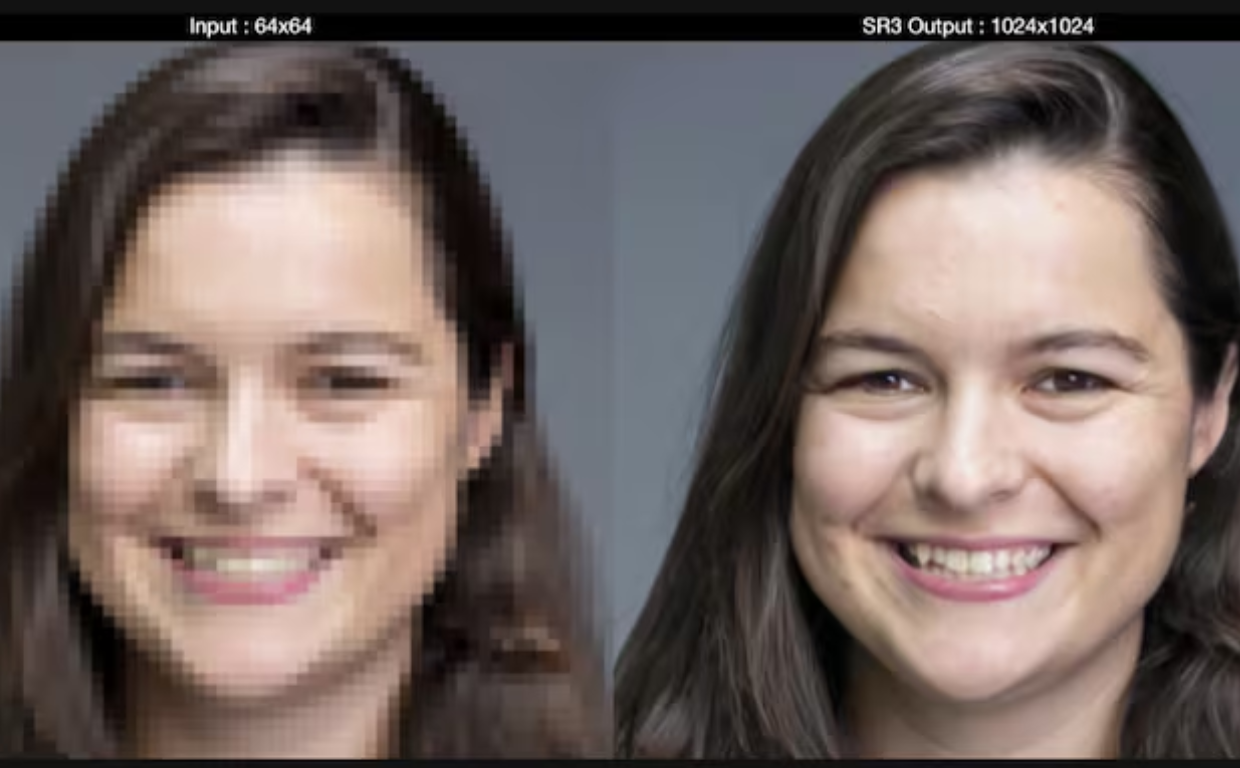Old, blurry, or pixelated JPG files can limit your branding and production options. Whether you’re digitizing for embroidery, print, or design work, vectorization breathes new life into these images. At Mahi Digitizing, we help convert outdated, poor-quality graphics into scalable, sharp, and production-ready vector formats. This article explains how vectorization works and why it’s essential for restoring clarity and usability to your images.
Understanding the Limitations of Low-Quality JPGs
JPG images are raster-based, meaning they’re composed of thousands of tiny pixels. This format works fine for photos, but it struggles with logos, text, or small details, especially when scaled.
Old or low-resolution JPGs often suffer from pixelation, compression artifacts, color bleed, and fuzzy edges. This makes them unsuitable for professional use in embroidery or large-format printing.
Even small edits or scaling can distort a JPG, making it look unprofessional. This is particularly problematic in branding and apparel industries where image clarity is non-negotiable.
Designers often struggle to clean up or modify these images without losing further detail. Manual retouching is time-consuming and still limited by pixel quality.
Businesses using outdated JPG logos in product design or advertising risk appearing outdated themselves, which can impact customer perception.
You can learn more about raster vs. vector formats at Adobe’s Design Guide.
What Is Vectorization and Why It Matters
Vectorization is the process of converting raster images (like JPGs) into vector graphics using paths and shapes instead of pixels. This allows for infinite scalability and clean results at any size.
Instead of pixel-by-pixel data, vector files store curves, lines, and shapes that represent the image. These can be edited, resized, or recolored without losing quality.
This is particularly beneficial for logos, emblems, monograms, and any graphical design element that needs to appear clean and consistent across different mediums.
For old or damaged JPGs, vectorization acts like a digital restoration process—rebuilding the image in a much more usable and durable form.
Whether you’re preparing for embroidery, screen printing, signage, or digital platforms, vector graphics are a reliable standard for professionals.
At Mahi Digitizing, we use both manual and smart vector tools to recreate lost quality from damaged or old JPGs.
Key Benefits of Vectorizing Old Images
One of the biggest benefits is infinite scalability. Once vectorized, an image can be resized to fit a billboard or shrunk for embroidery without distortion or blur.
Vector files are editable. Need to change a color, update text, or adjust spacing? It’s all possible without starting from scratch or compromising quality.
The final design is print-ready and production-safe. You can export it to multiple formats like SVG, EPS, AI, or PDF depending on your output requirements.
Vectorized images load faster on digital platforms and are compatible with most design software, making them ideal for modern workflows.
For embroidery purposes, clean vector artwork results in better stitch paths and reduces the chances of thread breaks or density issues.
Want to vectorize your old logo? Use our Get a Quote page for quick conversion and pricing.
When to Use Manual vs. Auto Vectorization
Auto-tracing tools like Adobe Illustrator’s Image Trace can vectorize JPGs in seconds, but results often lack precision—especially for detailed or old images.
Manual vectorization involves tracing shapes by hand or adjusting anchor points with precision. This approach is slower but ensures cleaner lines and accurate results.
For old or degraded images with missing sections, manual vector work can even reconstruct parts that have faded or distorted in the original JPG.
Use auto-vectorization for simple icons and silhouettes, but always go manual for logos, text, and images that require professional output.
At Mahi Digitizing, we assess every JPG and apply the right method based on complexity, image quality, and output requirement.
Read our full guide on Automatic vs. Manual JPG to Vector Conversion.
File Types and Outputs for Different Use Cases
Once your JPG is vectorized, you can export it to various formats depending on the final use. SVG is great for web and digital applications due to its light file size.
EPS and AI are industry standards for print, embroidery digitizing, and graphic design. They maintain layer structure and are editable in Adobe software.
PDF is a versatile format for sharing across platforms while retaining vector data. It’s ideal for clients who don’t use design software but need a scalable graphic.
You can also export to DXF for CAD applications or embroidery software, depending on what your machine or vendor requires.
Knowing your end use ensures you receive the correct vector file from the start—saving time and avoiding compatibility issues later.
Have a file type in mind? Contact Us for format-specific vector conversions.
Why Choose Mahi Digitizing for Vector Work
We specialize in high-quality vectorization services for old, damaged, or low-resolution JPGs—turning unusable files into sharp, professional-grade vectors.
Our team uses both manual and automated tools, selecting the best method for your specific design and intended application, ensuring optimal results.
We also offer same-day delivery, affordable rates, and consistent customer support. You send the file—we do the cleanup, reconstruction, and delivery fast.
Our work is tailored to the embroidery and printing industries, ensuring compatibility with your machine settings and production needs.
Trusted by brands worldwide, Mahi Digitizing ensures every design gets the clarity and quality it deserves through precision vectorization.
Explore our Services or visit our Get a Quote page to restore your designs today.

